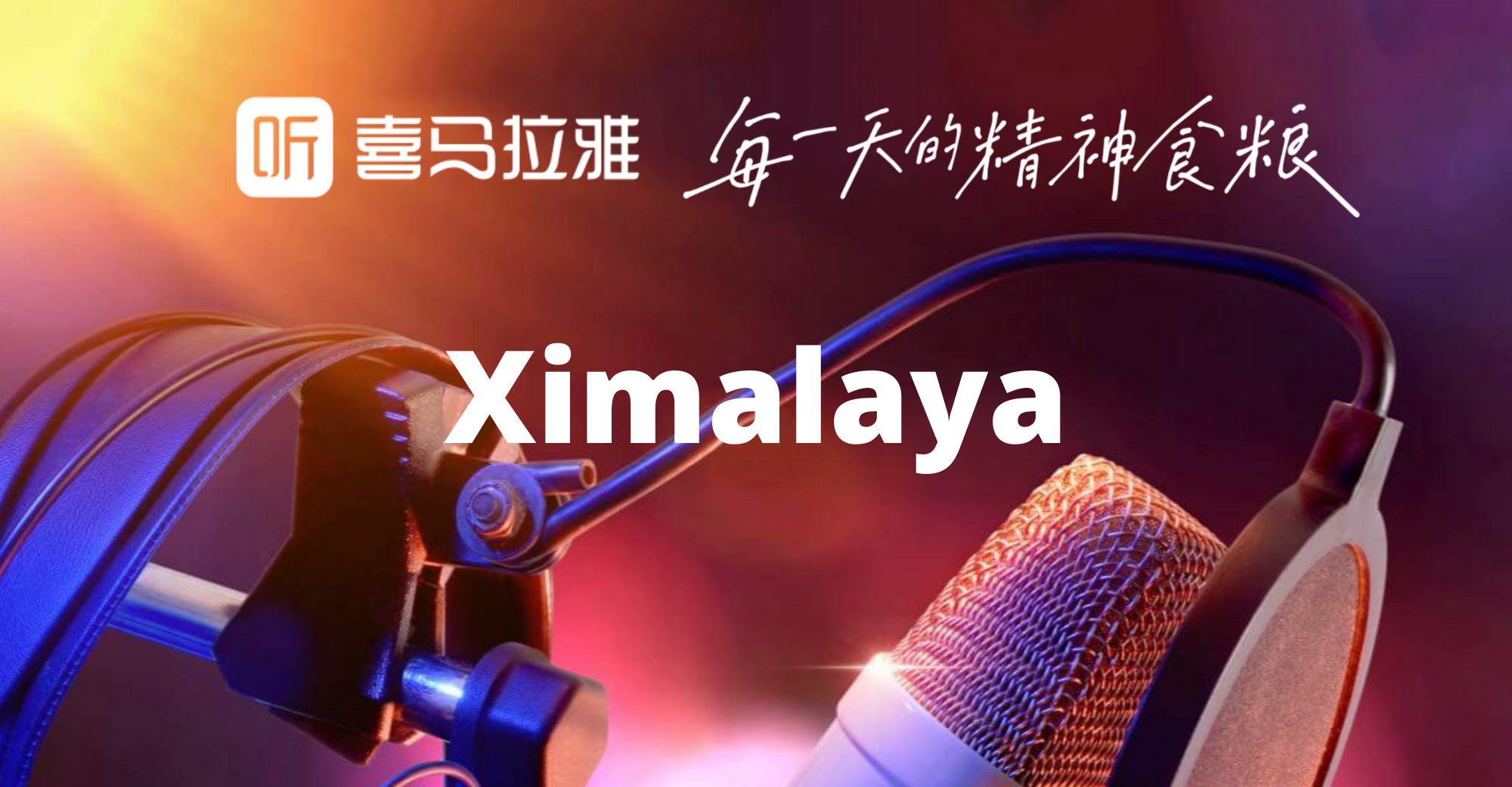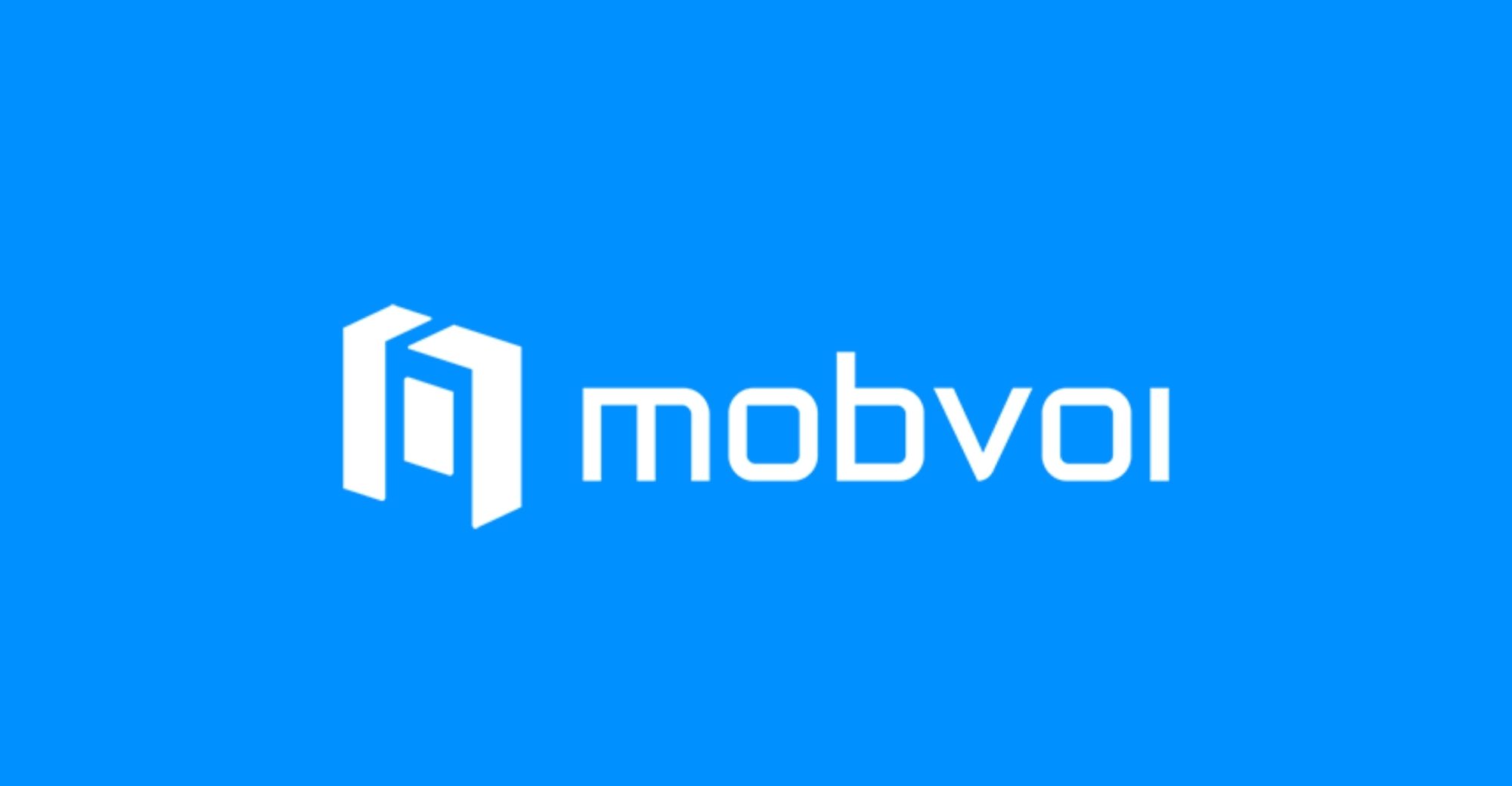The Chinese Online Audio Platform Ximalaya Restarts IPO
Two years later, the Chinese online audio platform Ximalaya restarts its IPO.
On April 12, Ximalaya submitted its Kapbook to The Stock Exchange of Hong Kong. Goldman Sachs, Morgan Stanley, and CICC are the joint sponsors. According to the latest Kapbook, Ximalaya’s revenue in 2023 was 61.6 billion yuan, with an adjusted net profit of 2.24 billion yuan.
Ximalaya’s path to seeking listing has been quite tortuous, with several IPO applications submitted before. On May 1, 2021, Ximalaya submitted an IPO application to the United States. In the same year, according to Reuters, Ximalaya has withdrawn its plan for a US IPO. On September 13, 2021, Ximalaya submitted its Kapbook for listing on the Hong Kong Stock Exchange; on March 29, 2022, Ximalaya updated its Kapbook to comply with the requirements of updating data and information as per the rules of the Hong Kong Stock Exchange.
According to the Kapbook, Tencent, China Literature Limited, Xiaomi, TAL Education Group, and Sony Music are strategic investors in Ximalaya. The main financial investors include American Pan-Atlantic Investment Group, Trustbridge Partners, Goldman Sachs, Xingwang Investment, CCV, China Internet Investment Fund, Shanghai Cultural Industry Development Investment Fund and Jiaxing Xiuzhou Jinkong.
Currently, Ximalaya’s sources of revenue include subscriptions, advertising, live broadcasts, and other innovative products and services.
This company, which has been established for over ten years, has accumulated a large number of users in the ‘ear economy’, which is the foundation of its revenue. In 2023, Ximalaya’s average monthly active users across all scenarios reached 303 million, with an average monthly active mobile users reaching 133 million.
However, in the context of internet traffic reaching its peak, Ximalaya is also facing a crisis of slowing user growth.
In 2021, Ximalaya’s average monthly active users across all platforms were 268 million, with a year-on-year growth rate of 24.4%. By 2023, this growth rate is expected to drop to only 3.9%. Additionally, compared to 2022, the pay rates for average monthly active paying users and members on mobile platforms are slightly lower in 2023. The company explained that this is mainly due to a shift in strategic focus towards attracting and retaining higher-value customers while strengthening the sustainable development of products with greater monetization potential.
The latest Kapbook disclosed the operating situation of Ximalaya for the full year 2023. The revenue of Ximalaya in 2021, 2022, and 2023 were respectively RMB 58.6 billion, RMB 60.6 billion, and RMB 61.6 billion; with gross profit margins of 54%, 51.9%, and 56.3% respectively. The adjusted net profits for the years of 2021, 2022, and 2023 were -RMB7.18 billion, -RMB2.96 billion, and RMB2.24 billion respectively.
In terms of revenue structure, in 2023, Ximalaya’s revenue from subscription services was 3.189 billion yuan, revenue from advertising services was 1.423 billion yuan, revenue from live broadcasts was 1.13 billion yuan, and revenue from other innovative products and services was 418 million yuan.
Subscription revenue is the core business of Ximalaya. In 2021, 2022, and 2023, subscription revenue accounted for over 50% of total revenue.
Revenue from advertising is the second largest source of income for Ximalaya. Over the past three years, the proportion of advertising revenue to total revenue has been respectively at 25.4%, 24.2%, and 23.1%.
The revenue of Ximalaya’s live broadcasting service mainly comes from the sales of consumable virtual gifts and items. In 2021, 2022, and 2023, this part of the revenue accounted for 17.1%, 19.1%, and 18.4% of the total revenue respectively.
In the past two years, Ximalaya has also explored innovative businesses. In 2021, 2022, and 2023, the revenue generated by other innovative products and services from Ximalaya accounted for 6.4%, 5.9%, and 6.8% of total revenue.
This part of the income refers to income from various other channels, including sales of self-developed IoT devices, IP derivative cultural products, customized audio services, e-commerce, and audio-to-text transcription (converting popular audio albums into published books).
In fact, in the past few years, Ximalaya’s business model has not undergone significant changes. The company is also vigorously investing in podcasting business to expand more content types and monetization methods, but the contribution of innovative businesses remains stable and small. Profitability is mainly benefited from cost reduction – the company explained in its Kapbook how profitability can be improved through methods such as expanding user base and enhancing monetization capabilities; optimizing cost structure to increase gross profit margin and improve operational efficiency.
SEE ALSO: Audio Platform Ximalaya Plans to Be Profitable by End of Year
Specifically, Ximalaya has reduced the proportion of costs to total revenue to 23.4%. This portion of revenue consists of payments made by the content platform to creators and third-party IPs, with IP being particularly important at Ximalaya. In addition, various expenses at Ximalaya have decreased as a percentage of total revenue.
As of December 31, 2023, Ximalaya held cash and cash equivalents of 717 million yuan.
Overall, the recent Hong Kong stock market has shown signs of recovery. China Citic Securities released a research report on April 12 stating that Hong Kong-listed technology internet companies are expected to see valuation recovery. For Ximalaya, although the company is currently profitable, both the audio market and its user base are no longer growing rapidly. As Ximalaya strives to “land,” it urgently needs to prove its future potential.




